Israel’s ground war against Hamas will be a brutal and bloody fight in an urban jungle

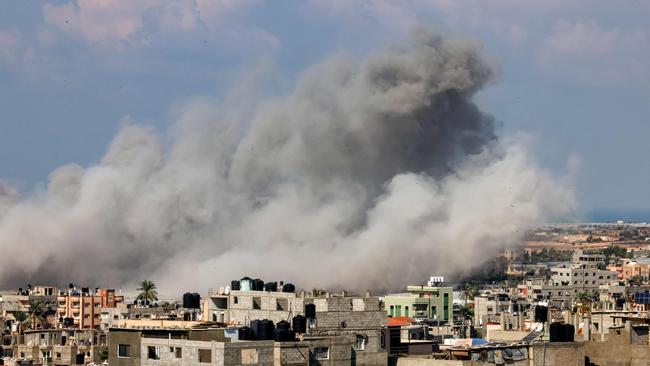
The coming battle for Gaza won’t be fought street by street. It will be fought house by house, room by room.
Israeli soldiers will be given a bleak, almost impossible task in the urban jungle of densely packed and crumbling buildings
They will have push into the streets of Gaza knowing that Hamas terrorists have had time to prepare for their arrival with an elaborate network of explosive devices, booby-traps, underground tunnels, snipers, anti-tank weapons and suicide bombers.
When Israeli soldiers burst through the doors of a house, they will have a nanosecond to judge whether the occupants are Hamas terrorists or an innocent family huddled in the corner.
In those nanoseconds, tragic mistakes will inevitably be made.
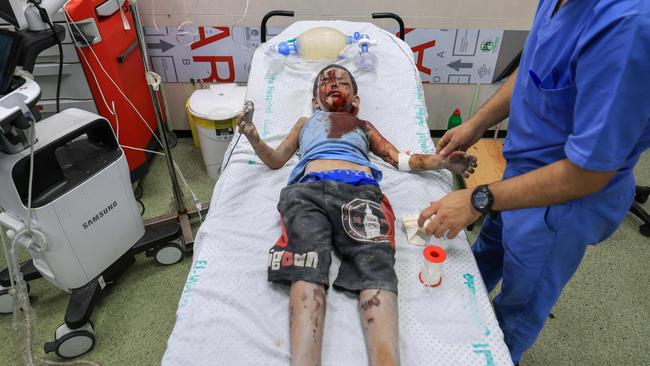
The civilian death toll will be fearful whatever the Israeli military does to try to spare the innocent. Hamas, by contrast, will do everything it can to ensure civilian deaths – and thereby undermine Israel’s international reputation – by using families as human shields and placing its forces near hospitals, schools and other non-military sites.
Hamas is ruthless in this respect. It uses ambulances to smuggle fighters around, and it places command and control centres in the midst of civilian enclaves.
Its terrorists mostly don’t wear uniforms and often look no different from a civilian dad or teenage boy. Hamas has the incalculable advantage of local knowledge.
In Gaza, which has more than 20,000 people per square mile, its terrorists know every alleyway, every potential trap. Its terrorists can move around the spaghetti like-enclaves of Gaza City and Gaza North via an elaborate network of underground tunnels they have constructed over the years.
“If the past is prelude, Hamas fighters will use these tunnels to hide leaders and to emerge suddenly behind (Israeli) forces, possibly allowing Hamas to ambush, kidnap and kill Israeli troops,” Daniel Byman and Seth Jones write in the latest edition of Foreign Affairs.
By contrast, Israeli intelligence clearly has major gaps in its knowledge of Hamas’s operations in Gaza, otherwise it would not have been blindsided by last week’s terror attack on Israel that left more than 1400 Israelis dead.
One of the biggest dangers for the Israeli forces will be armed Hamas drones. These will make the advancing Israeli tanks and armoured vehicles vulnerable in much the same way armed drones have inflicted severe damage on Ukrainian and Russian tanks in that conflict.
While Israel has fighter jets to pound ground targets, it knows that such blunt instruments cannot dismantle Hamas’s militant network. This can be done only through ground operations.
Although the advantage of any attack in an urban setting naturally lies with the defenders, the attacking Israeli forces will have an overwhelming superiority of numbers. Some 300,000 Israeli reservists have been called up.
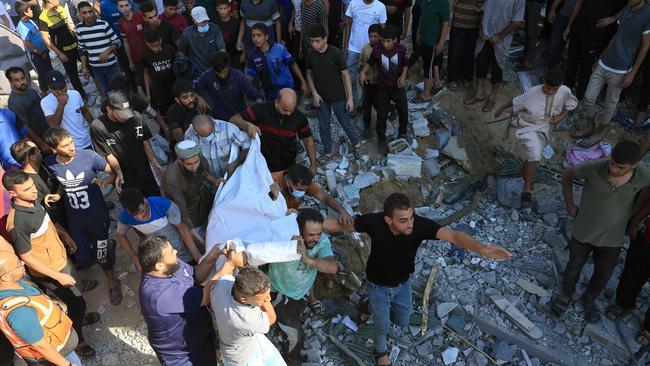
By contrast, Hamas is estimated to have about 30,000 fighters in Gaza with no advantage of tanks or airpower.
For those Hamas fighters, there is ultimately nowhere to go. Some Hamas leaders are no doubt safely overseas, having predicted this Israeli response to their group‘s murderous rampage.
But for those in Gaza, the borders are sealed, with nowhere to escape. Many will presumably fight to the death, something that will only inflate Israeli and civilian deaths. Although more than 600,000 people in Gaza have heeded Israeli warnings to flee to the south for safety, there will still be numerous civilians in the firing line during this conflict. Many of the territory’s two million people remain in their homes and are vulnerable to becoming victims in the looming battle.
Then there is the complicating issue of the 199 Israeli kidnapped hostages whom Hamas is holding.
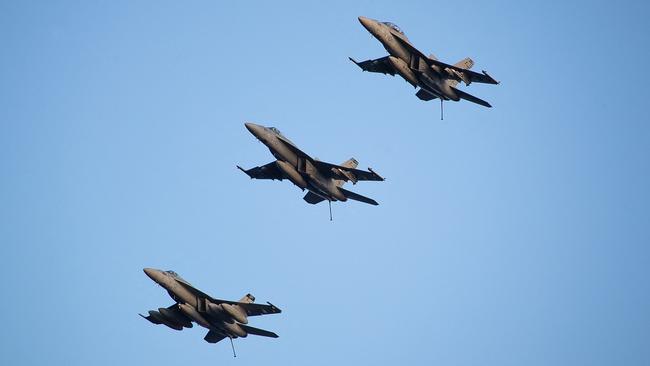
Israel claims it knows where many of them are being held, but its options are limited. It does not appear willing to limit its ground offensive to ensure that the lives of the hostages are spared.
It is likely to order special operations to try to save the lives of these hostages where it can, but these high-risk operations are likely to occur alongside the broader offensive.
Finally, if and when the Israeli military decides that it has broken the back of the Hamas resistance, Israel will need to ask “What now?”
How long do its forces stay in Gaza to ensure Hamas really is decapitated and to ensure peace?
The population of Gaza will see Israeli soldiers as an unwelcome occupying force. They will be vulnerable to ongoing guerrilla-style attacks from a population that will be furious at the death and destruction and will mostly blame Israel rather than Hamas.
There are no happy endings for any side in this looming battle.
It promises to be a gruesome fight with a terrible casualty rate – which is exactly what Hamas would have been hoping for when it launched its murderous attack on Israel last week.


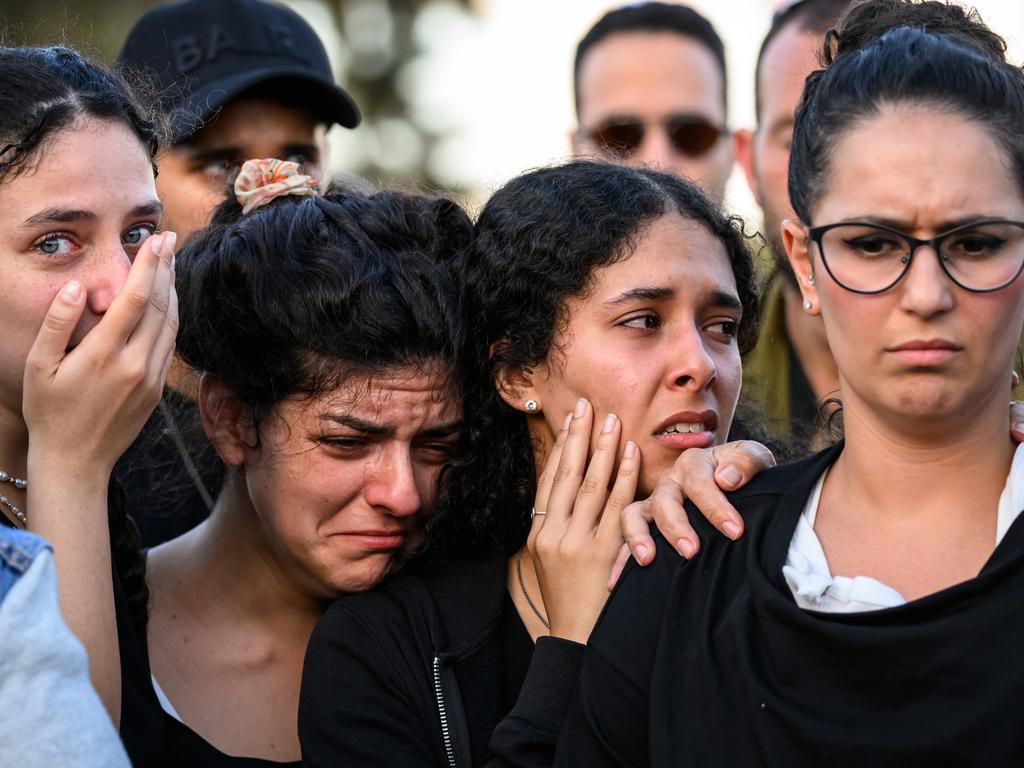



It will be slow, bloody and unspeakably brutal.